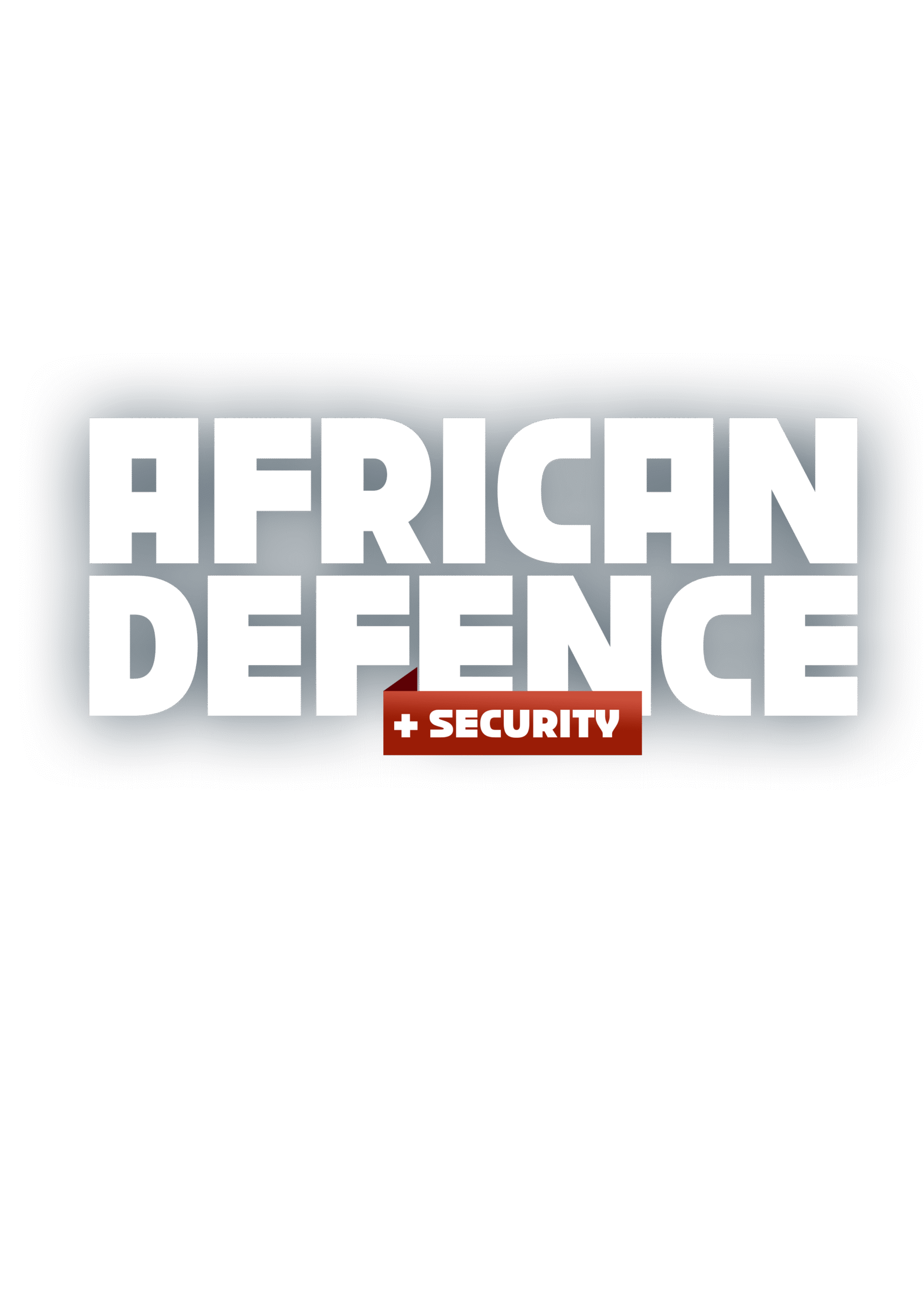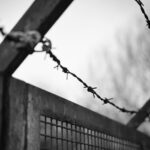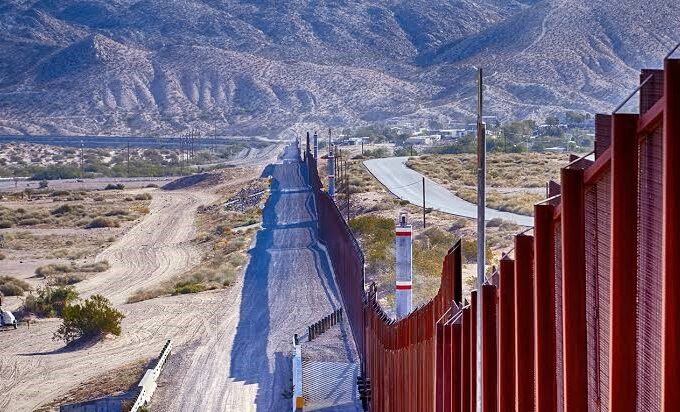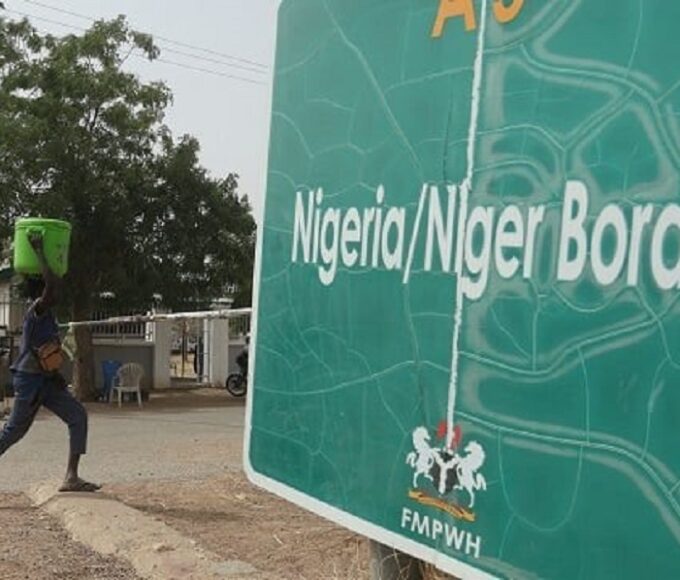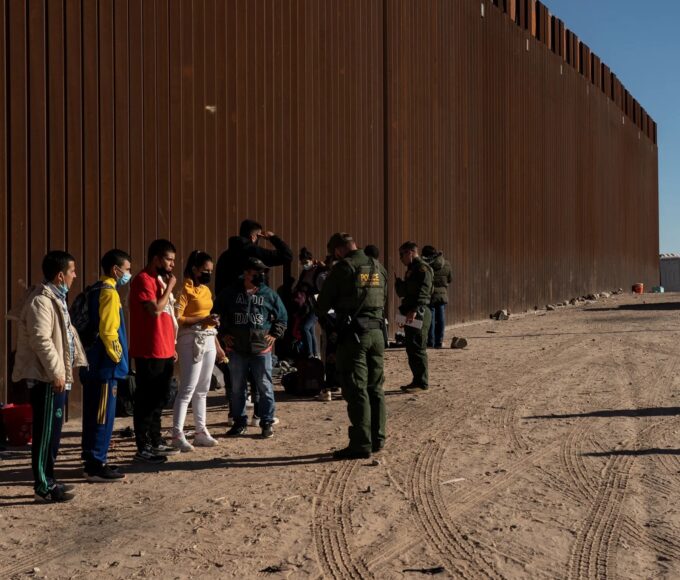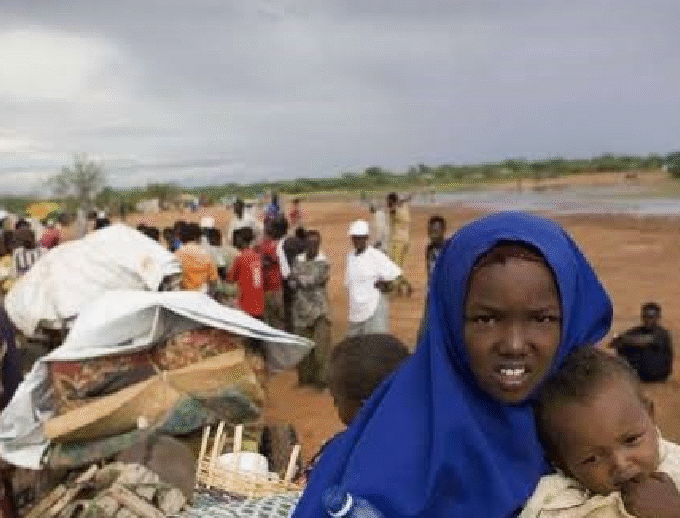Beyond the Fence: Rethinking Border Security in the Age of Transnational Threats
Africa’s future border security will not be built solely on fences or patrols. It will depend on the fusion of surveillance, human intelligence, regional cooperation, and trust-building with local communities.
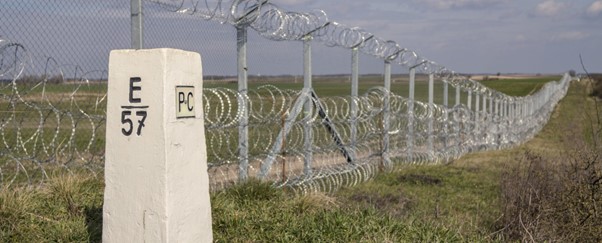
Across Africa, national borders are increasingly porous, not just to people and goods—but to terror networks, arms traffickers, cybercriminals, and disease vectors. Traditional models of border security—fences, checkpoints, and periodic patrols—are proving insufficient in the face of highly adaptive transnational threats.
This article explores how African states are rethinking border security by integrating surveillance technology, multilateral cooperation, community intelligence, and new doctrinal thinking to better defend their territorial integrity without compromising human mobility.
The Border Threat Matrix: From Smugglers to Extremists
Africa’s 16,000+ kilometres of land borders often traverse remote deserts, dense jungles, and politically contested spaces. They are exploited by a growing range of actors:
- Jihadist groups (e.g., ISGS, Al-Shabaab) moving fighters and weapons across the Sahel and Horn
- Smuggling networks trafficking arms, narcotics, humans, and minerals
- Pandemic flows that move undetected across unguarded entry points
- Cross-border cattle rustling and intercommunal violence
According to INTERPOL (2023), over 70% of illicit weapons seized in West Africa in 2022 had transited multiple borders.
Case Studies in Border Security Reinvention
- Kenya-Somalia Border Wall & Surveillance (2016–2024): Includes sensors, patrol roads, and watchtowers to counter Al-Shabaab infiltration.
- Nigeria-Niger Border Drone Patrols (since 2022): Utilises Chinese-made CH-4 drones for ISR missions along high-risk corridors in Borno and Yobe.
- North Africa Smart Borders (Morocco, Egypt, Tunisia): Integrated biometric and AI-supported systems at border crossings to identify and interdict suspects in real time.
Technology as a Force Multiplier
Modern African border strategies increasingly rely on:
- Surveillance drones and tethered balloons
- Biometric ID systems and e-gates
- Ground sensors and motion detectors
- Real-time command-and-control centres
In 2023, over 15 African countries launched or expanded border surveillance drone programmes, often with support from the EU, UAE, or China.
Human-Centric Approaches and Community Policing
States are recognising that technology alone cannot secure borders without local buy-in. Recent efforts include:
- Community Border Committees in Niger and Chad that provide intelligence on smuggling and extremist movements
- Mobile Border Posts in Uganda and South Sudan that serve both policing and humanitarian coordination
- Training pastoralists and traders to act as “first-line sentinels” in hard-to-reach zones
Regional Collaboration: Security Without Walls
Borders don’t end threats—they often displace them. Regional frameworks are gaining traction:
- G5 Sahel Joint Force: Cross-border patrols and shared early warning
- SADC Transnational Crime Operations: Coordinated arrests and data-sharing
- East African Community (EAC) One Border Posts: Streamlining security checks and trade at shared crossings
These efforts remain uneven, hindered by sovereignty concerns, resource constraints, and inter-agency rivalry.
Challenges to Rethinking Borders
- Underfunding: Border security receives less than 12% of average defence budgets across Africa
- Overmilitarisation risks: May alienate border communities and hinder legal trade
- Data integration failures: Incompatible systems slow down regional threat responses
Conclusion: Smart Borders for a Secure Continent
Africa’s future border security will not be built solely on fences or patrols. It will depend on the fusion of surveillance, human intelligence, regional cooperation, and trust-building with local communities.
With climate change, migration, and terrorism blurring the lines of sovereignty, African governments must reimagine borders not as barriers—but as active defence and development zones.
Border Security Snapshot (2023–2024):
- Estimated number of African cross-border smuggling routes: 200+
- African countries using drones for border security: 15+
- % of illicit arms trafficked across land borders: 70%+ (West Africa)
- Regional joint border task forces operational: 5 (Sahel, EAC, SADC)
Recent Posts
Categories
- Air & Aerospace16
- Border Security15
- Civil Security4
- Civil Wars4
- Crisis5
- Cyber Security8
- Defense19
- Diplomacy19
- Entrepreneurship1
- Events5
- Global Security Watch6
- Industry8
- Land & Army8
- Leadership & Training5
- Military Aviation5
- Military History27
- Military Speeches1
- More1
- Naval & Maritime9
- Resources2
- Security12
- Special Forces1
- Systems And Technology9
- Tech6
- Uncategorized3
- UNSC1
- Veterans6
- Women in Defence9
Related Articles
THE CASE FOR CONTINENTAL BORDER SECURITY STANDARDS
Africa’s borders remain both an opportunity and a liability. They enable trade,...
ByKing Richard Igimoh, Group Editor ALODecember 27, 2025BORDER SECURITY – LESSONS FROM ECOWAS BORDER MANAGEMENT STRATEGIES
Since its founding in 1975, the Economic Community of West African States...
ByKing Richard Igimoh, Group Editor ALONovember 21, 2025COMMUNITY INTELLIGENCE AT BORDERS: SUCCESSES AND FAILURES
Border security increasingly relies on community intelligence the collection and use of...
ByKing Richard Igimoh, Group Editor ALOOctober 6, 2025REFUGEE MOVEMENTS AND BORDER FORCE DILEMMAS
In today’s world of conflict, climate change, and widening economic divides, refugee...
ByKing Richard Igimoh, Group Editor ALOSeptember 24, 2025
